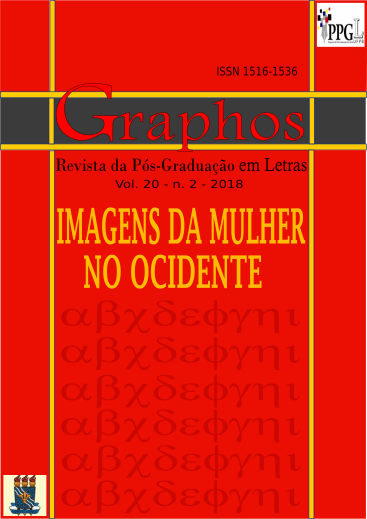From frigid to nymphomaniac: images of women and female sexuality in belle époque’s Brazilian ficction
Keywords:
Belle époque, Woman, Sexuality, Images, HysteriaAbstract
The end of nineteenth century and the beginning of twentieth century in Brazil had a huge production of short stories and novels that portrayed the relationship among individuals, sexuality and society. Women, known as possessed by a sick condition and a nervous personality, seemed to be the main theme for crazy, monstrous or morbid characters, whose possibility of sexual manifestation appeared in a mortifying and tortuous way in reponse to the repression of the body. Thus, we aim to analyze the appearance of hystericla heroines in five characters of the ficction prose of the end of the century, from simbolist and naturalist texts: Hortência by Marques de Carvalho; Ruth from “Caso de Ruth” in Ânsia Eterna (1903) by Júlia Lopes de Almeida; Dona Carolina or Carola in Bom-Crioulo (1895) by Adolfo Caminha; Jessie from “Paixão Lésbica” in Torturas do dezejo (1922) by Carlos de Vasconcelos; and Pérola Marina from “Tempestades” by Gilka Machado. From frigid to nymphomaniac, these feminine images revealed and contested, overall, mainly, belle époque’s cientific-medical imaginary, within a discourse that prescribed the forms of a healthy sexuality, and understood women as beings possessed by a weak neurological system susceptible to inheritable, familiar and, principally, uterus’ influence, which could, according to the period’s fear and belief, lead to hysteria and madness.







